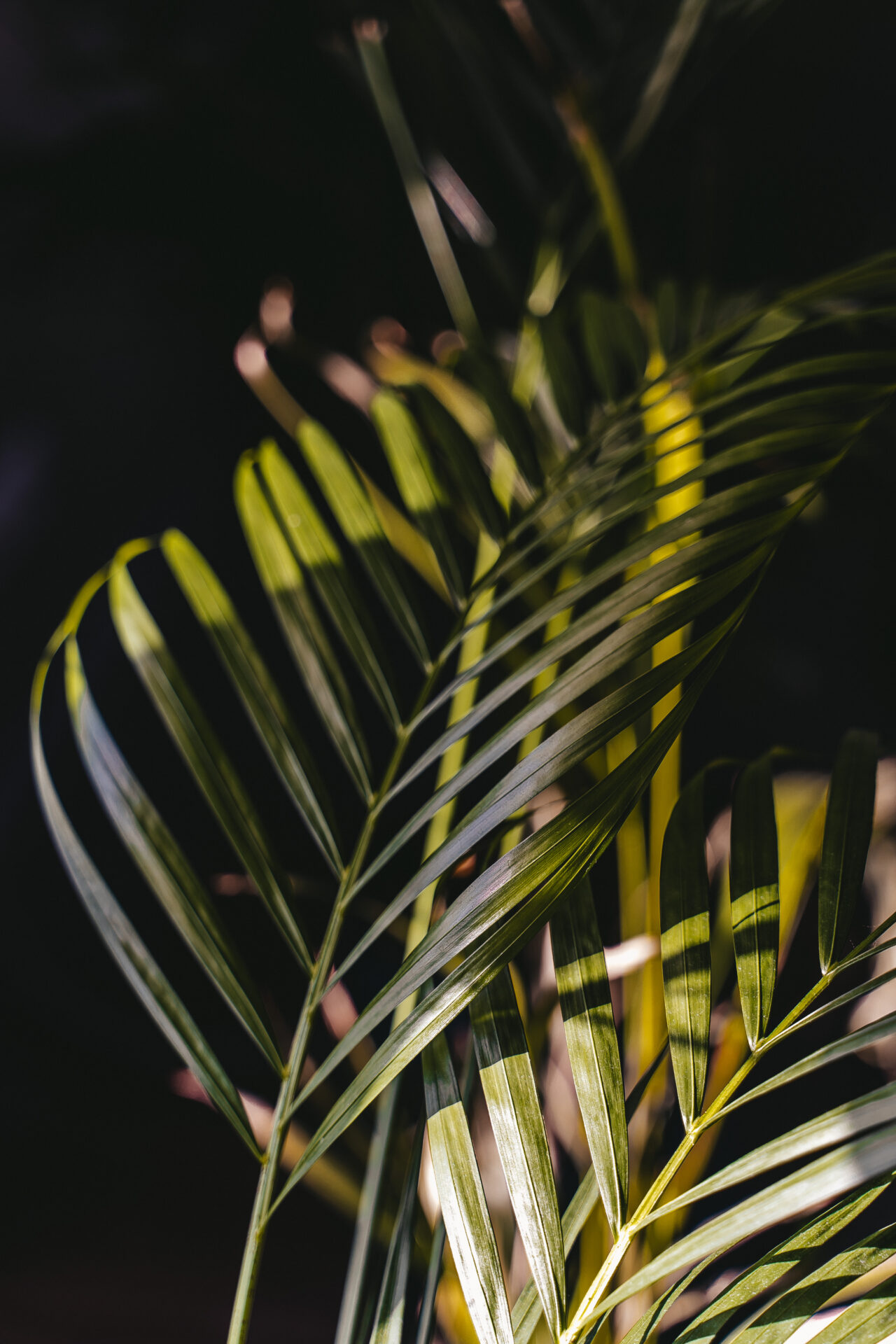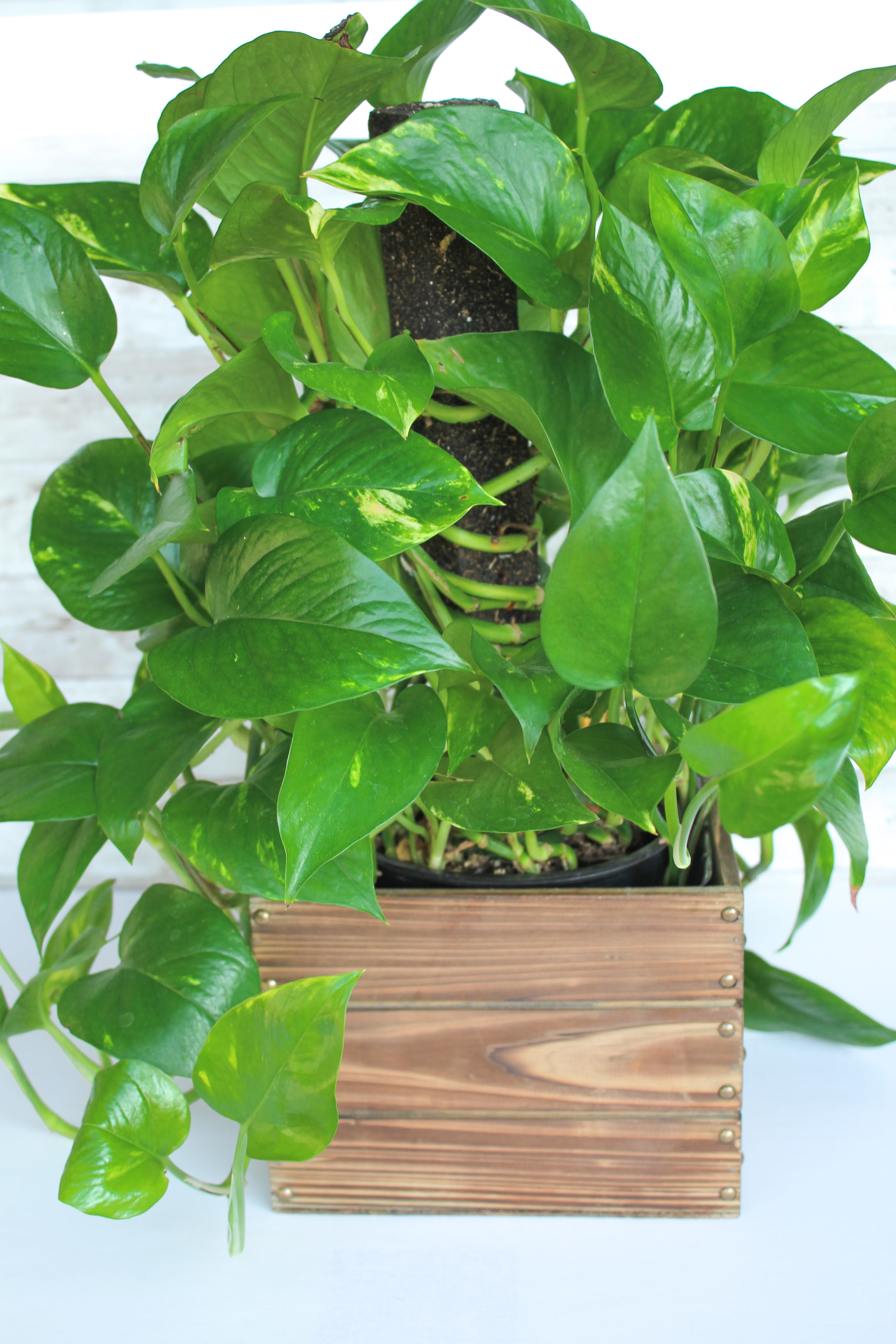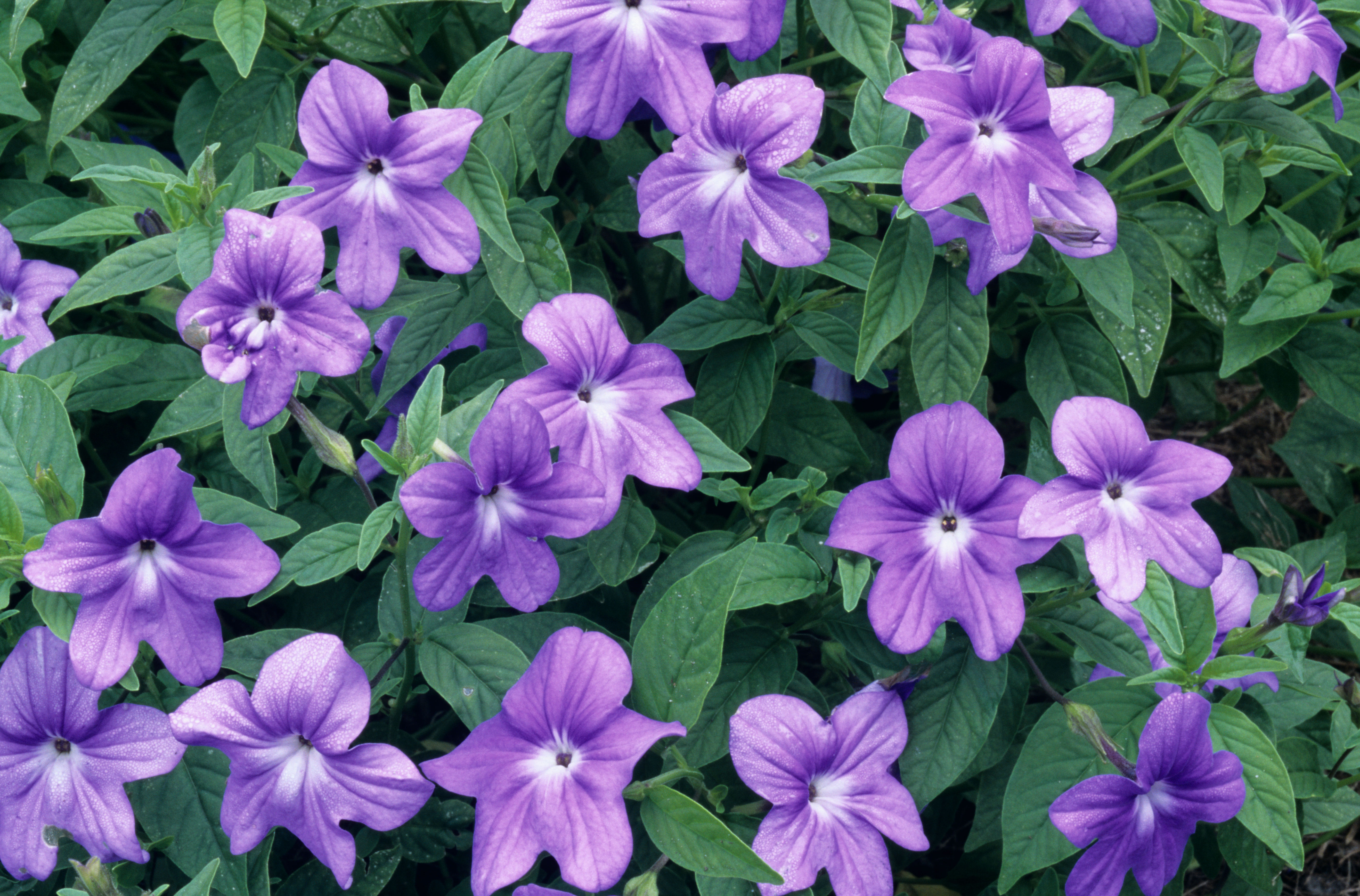How to Choose Vertical Garden Plants for Low Light

Imagine transforming your dull, dimly-lit corner into a lush, verdant oasis. Vertical gardening is the perfect solution for those of us who want to bring a touch of nature indoors, even in low light conditions. But how do you choose the right plants for your vertical garden? Let's dive into the world of shade-loving plants and discover the perfect greenery for your indoor space.
Understanding Low Light Conditions
Before we delve into plant selection, it's crucial to understand what low light conditions mean. Low light refers to areas that receive indirect sunlight or are partially shaded. These are typically north-facing windows, rooms with small windows, or areas far from any window. Now, let's explore the best vertical garden plants for low light.
Best Vertical Garden Plants for Low Light
Pothos (Epipremnum aureum)
Pothos is a classic choice for low light conditions. This hardy plant can thrive in various environments, making it perfect for vertical gardens. Its trailing vines and heart-shaped leaves add a touch of elegance to any space. Plus, it's incredibly easy to propagate, so you can quickly fill your vertical garden with lush greenery.
Philodendron (Philodendron spp.)
Philodendrons are another excellent option for low light vertical gardens. These plants come in various shapes and sizes, from the heart-leaf philodendron to the split-leaf philodendron. They are known for their air-purifying qualities, making them a great choice for indoor spaces.
Ferns (Polypodiopsida)
Ferns are a fantastic choice for adding texture to your vertical garden. They thrive in low light and high humidity, making them perfect for bathrooms or kitchens. Some popular fern varieties include the Boston fern, maidenhair fern, and staghorn fern.
Peace Lily (Spathiphyllum)
The peace lily is a beautiful flowering plant that can tolerate low light conditions. Its glossy leaves and elegant white flowers make it a stunning addition to any vertical garden. Plus, it's known for its air-purifying abilities, helping to keep your indoor air fresh and clean.
Factors to Consider When Choosing Vertical Garden Plants for Low Light
Light Requirements
While all the plants on this list can tolerate low light, some may require more light than others. Be sure to research the specific light requirements of each plant to ensure they will thrive in your space.
Water Needs
Different plants have different water needs. Some plants, like ferns, require consistently moist soil, while others, like pothos, can tolerate some drought. Consider your watering habits and choose plants that match your lifestyle.
Growth Habits
Vertical gardening is all about maximizing space. Choose plants with trailing or climbing habits, like pothos or philodendrons, to make the most of your vertical garden.
Maintenance
Some plants require more maintenance than others. Consider how much time you're willing to spend on plant care and choose plants that fit your schedule.
Tips for Successful Vertical Gardening in Low Light
Choose the Right Location
Even low light plants need some light to survive. Choose a location that receives indirect sunlight, like a north-facing window or a brightly lit room.
Use the Right Soil
Well-draining soil is crucial for vertical gardening. Choose a potting mix that is specifically designed for indoor plants to ensure your plants have the best chance of success.
Water Wisely
Overwatering is a common mistake in vertical gardening. Make sure your plants have proper drainage and only water them when the top inch of soil is dry.
Fertilize Regularly
Indoor plants need regular fertilization to stay healthy. Use a balanced, water-soluble fertilizer every 4-6 weeks to keep your vertical garden looking its best.
Conclusion
Choosing the right vertical garden plants for low light can transform your indoor space into a lush, green oasis. From the hardy pothos to the elegant peace lily, there are plenty of shade-loving plants to choose from. Remember to consider factors like light requirements, water needs, growth habits, and maintenance when selecting your plants. With the right care and attention, your vertical garden will thrive even in low light conditions.
Now that you're equipped with the knowledge to create a stunning vertical garden, what's stopping you? Get started today and watch your indoor space come to life.
FAQs
What are the best plants for a vertical garden in low light?
Some of the best plants for a vertical garden in low light include pothos, philodendrons, ferns, and peace lilies. These plants can tolerate low light conditions and are well-suited for vertical gardening.
How much light do low light plants need?
Low light plants can thrive in areas that receive indirect sunlight or are partially shaded. These are typically north-facing windows, rooms with small windows, or areas far from any window.
How often should I water my vertical garden?
The watering needs of your vertical garden will depend on the specific plants you choose. As a general rule, water your plants when the top inch of soil is dry. Make sure your plants have proper drainage to prevent overwatering.
What kind of soil should I use for my vertical garden?
Well-draining soil is crucial for vertical gardening. Choose a potting mix that is specifically designed for indoor plants to ensure your plants have the best chance of success.
How can I make my vertical garden thrive in low light conditions?
To make your vertical garden thrive in low light conditions, choose the right location, use the right soil, water wisely, and fertilize regularly. Additionally, select plants that are well-suited for low light conditions and provide them with the care they need to thrive.


0 Response to "How to Choose Vertical Garden Plants for Low Light"
Post a Comment